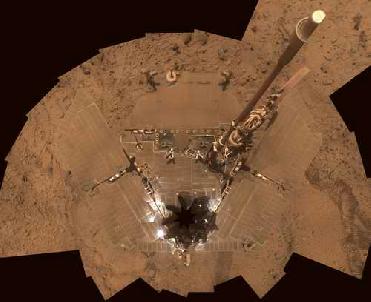
The deck of NASA's Mars Exploration Rover Spirit is so dusty that the rover almost blends into the dusty background. Photo by NASA/JPL-Caltech/Cornel
WASHINGTON (BNS): Dust storm has affected another NASA mission. The mission in question is NASA's Mars Exploration Rover Spirit. Though the dust storm has cleared, the status of Spirit is unknown. Till Wednesday, because of the dust storm, Rovers was not getting enough sunlight to boost its solar array panels.
Early Tuesday, mission controllers at NASA were frantically sending a set of commands to Rover telling it to follow several energy-saving steps. One of them included asking Rover not to contact till Thursday. �The team's immediate goal was to keep Spirit out of a pre-programmed protective mode that is triggered when battery charge is depleted below a safety level. The new commands, if received, would allow the team to keep more active control of Spirit than is possible when the Rover is in the low-power protective mode,� mission controllers said.
John Callas of NASA's Jet Propulsion Laboratory, Pasadena, California, project manager for Spirit and its twin, Opportunity said: �Like concerned parents, if we can stay in communication with the Rover, we are in a better position to help.�
Callas said that they would not know anything certain until Thursday. �The good news is that we have indications from Mars Reconnaissance Orbiter that the dust storm on Mars is clearing over Gusev,� Callas said. It may be recalled that Spirit is working in a range of hills inside Gusev Crater, which is about the size of Connecticut.
The mission controllers have been waiting patiently since Tuesday night to Wednesday to hear if Spirit had entered the protective mode and attempted to communicate. �It could be a favourable sign that Spirit was not heard from, because that could mean that the Rover has received and is following the commands sent on Tuesday. However, another possibility is that Spirit has not only entered the low-power protective mode, but that its battery power is so low it would not wake up to communicate,� they said.
According to NASA, Spirit's solar array produced only 89-watt hours of energy during the Rover's 1,725th Martian day, which ended on November 9. This is the lowest output by either Spirit or its twin, Opportunity, in their nearly five years on Mars, and much less energy than Spirit needs each day. The charge level of Spirit's batteries is dropping so low, it risks triggering an automated response of the Rover trying to protect it, NASA said.
�The dust falling from the sky onto Spirit's solar array panels also could leave a lingering reduction in the amount of electricity the Rover can produce,� NASA said.
The news of Spirit becoming incommunicado comes just a day after NASA�s Phoenix died fighting the extreme weather conditions on Mars.
NASA did all it can to recover its rover. "If we can reestablish communication, we can begin to get the spacecraft back in condition to resume science. In the best case, if weather cooperates, that would take the better part of a week," hoped Phoenix Project Manager Barry Goldstein at NASA's Jet Propulsion Laboratory, Pasadena, California (October 30).
On November 10, when NASA did not hear from the Lander for over a week (November 2 was last it heard from Phoenix), it declared that the project was successfully completed.
But NASA project team will be �listening carefully during the next few weeks to hear if Phoenix revives and phones home� even as �engineers now believe that is unlikely because of the worsening weather conditions on Mars.�
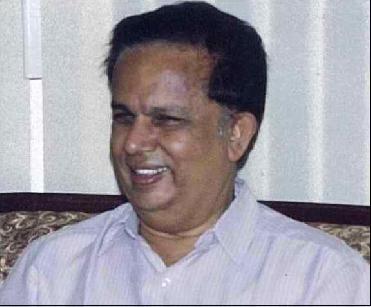 Previous Article
Previous Article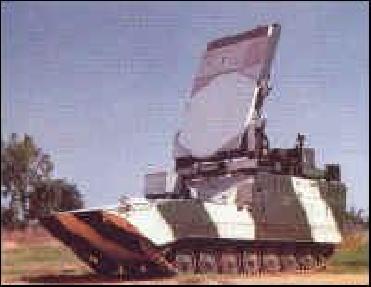 Next Article
Next Article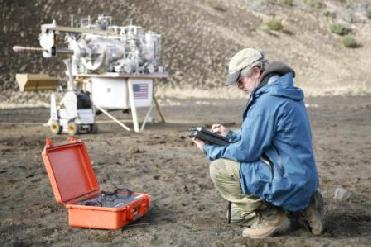
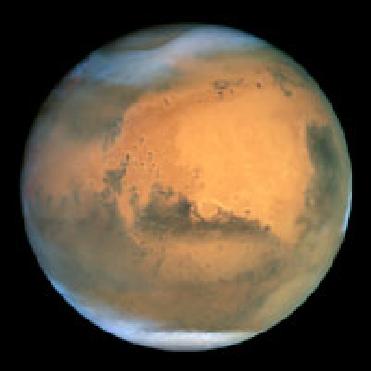

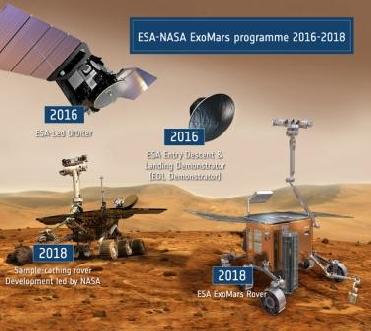










The Indian Air Force, in its flight trials evaluation report submitted before the Defence Ministry l..
view articleAn insight into the Medium Multi-Role Combat Aircraft competition...
view articleSky enthusiasts can now spot the International Space Station (ISS) commanded by Indian-American astr..
view article